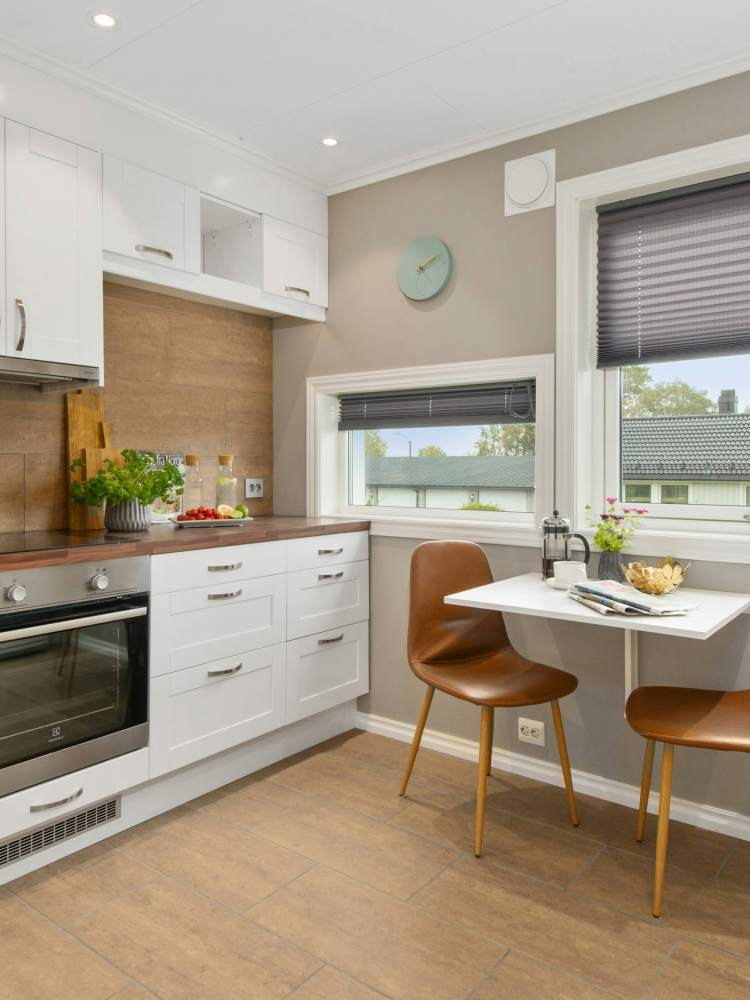Verde at Howard Square West
- 17 units available
- 1 bed • 2 bed
- Amenities
In unit laundry, Patio / balcony, Granite counters, Hardwood floors, Dishwasher, Pet friendly + more
In unit laundry, Patio / balcony, Granite counters, Hardwood floors, Dishwasher, Pet friendly + more
In unit laundry, Patio / balcony, Granite counters, Hardwood floors, Pet friendly, Garage + more
In unit laundry, Pet friendly, Gym, Pool, Dog park, Playground + more
In unit laundry, Patio / balcony, Granite counters, Hardwood floors, Dishwasher, Pet friendly + more

In unit laundry, Patio / balcony, Granite counters, Hardwood floors, Dishwasher, Pet friendly + more
Granite counters, Pet friendly, Parking, Recently renovated, Stainless steel, Walk in closets + more
In unit laundry, Patio / balcony, Granite counters, Hardwood floors, Pet friendly, Garage + more
In unit laundry, Patio / balcony, Dishwasher, Pet friendly, 24hr maintenance, Garage + more
In unit laundry, Patio / balcony, Granite counters, Hardwood floors, Dishwasher, Pet friendly + more
Patio / balcony, Granite counters, Hardwood floors, Dishwasher, Pet friendly, 24hr maintenance + more

In unit laundry, Patio / balcony, Granite counters, Hardwood floors, Dishwasher, Pet friendly + more
In unit laundry, Wine room, Patio / balcony, Granite counters, Hardwood floors, Dishwasher + more
In unit laundry, Patio / balcony, Dishwasher, Pet friendly, 24hr maintenance, Parking + more
In unit laundry, Patio / balcony, Hardwood floors, Dishwasher, Pet friendly, Garage + more
In unit laundry, Patio / balcony, Hardwood floors, Dishwasher, Pet friendly, Garage + more
Searching for an apartment for rent in Elkridge, MD? Look no further! Apartment List will help you find a perfect apartment near you. There are 35 available rental units listed on Apartment List in Elkridge. Click on listings to see photos, floorplans, amenities, prices and availability, and much more!
The average rent in Elkridge is Ask for a studio, $1,903 for a one-bedroom apartment, and $2,154 for a two-bedroom apartment. If you are looking for a deal, keep an eye out for a red pulsing icon that indicates rent specials.
Tired of browsing? Take our personalized quiz. You’ll answer a couple of simple questions and we’ll put together a list of Elkridge apartments that are best for you. We’ll also factor in your commute, budget, and preferred amenities. Looking for a pet-friendly rental, or an apartment with in-unit washer and dryer? No problem, we’ll provide you with apartments that match that criteria.
You can trust Apartment List to help you find your next Elkridge, MD apartment rental! After all, everyone deserves a home they love.
*Based on base prices that don’t include fees
Welcome to the Apartment List December 2025 Rent Report for Elkridge, MD. Currently, the overall median rent in the city stands at $2,111, after falling 1.1% last month. Prices are now down 1.5% year-over-year. Read on to learn more about what’s been happening in the Elkridge rental market and how it compares to trends throughout the broader Baltimore metro area and the nation as a whole.
The median rent in Elkridge fell by 1.1% over the course of November, and has now decreased by a total of 1.5% over the past 12 months. Elkridge’s rent growth over the past year has has fallen behind the state average (0.0%) and is similar to the national average (-1.1%).
Eleven months into the year, rents in Elkridge have fallen 1.6%. This is a slower rate of growth compared to what the city was experiencing at this point last year: from January to November 2024 rents had increased 2.9%.
If we expand our view to the wider Baltimore metro area, the median rent is $1,747 meaning that the median price in Elkridge ($2,111) is 20.8% greater than the price across the metro as a whole. Metro-wide annual rent growth stands at 0.8%, above the rate of rent growth within just the city.
The table below shows the latest rent stats for 10 cities in the Baltimore metro area that are included in our database. Among them, Odenton is currently the most expensive, with a median rent of $2,494. Baltimore is the metro’s most affordable city, with a median rent of $1,457. The metro's fastest annual rent growth is occurring in Odenton (2.8%) while the slowest is in Elkridge (-1.5%).
You can also use the map below to explore the latest rent trends in the Baltimore metropolitan area.
Apartment List is committed to the accuracy and transparency of our rent estimates. We begin with reliable median rent statistics from the Census Bureau, then extrapolate them forward to the current month using a growth rate calculated from our listing data. In doing so, we use a same-unit analysis similar to Case-Shiller’s approach, capturing apartment transactions over time to provide an accurate picture of rent growth in cities across the country. Our approach corrects for the sample bias inherent in other private sources, producing results that are much closer to statistics published by the Census Bureau and HUD. For more details, please see the Apartment List Rent Estimate Methodology.
Apartment List publishes monthly rent reports and underlying data for hundreds of cities across the nation, as well as data aggregated for counties, metros, and states. These data are intended to be a source of reliable information that help renters and policymakers make sound decisions. Insights from our data are covered regularly by journalists across the country. To access the data yourself, please visit our Data Downloads Page.
Welcome to the Apartment List December 2025 Rent Report for Elkridge, MD. Currently, the overall median rent in the city stands at $2,111, after falling 1.1% last month. Prices are now down 1.5% year-over-year. Read on to learn more about what’s been happening in the Elkridge rental market and how it compares to trends throughout the broader Baltimore metro area and the nation as a whole.
Famous artist couple Leonard Marion Bahr and Florence Riefle Bahr call Elkridge, MD home.
Elkridge is a suburb of Baltimore that has grown by 37 percent since the year 2000
View Elkridge City GuideFamous artist couple Leonard Marion Bahr and Florence Riefle Bahr call Elkridge, MD home.
Elkridge is a suburb of Baltimore that has grown by 37 percent since the year 2000
